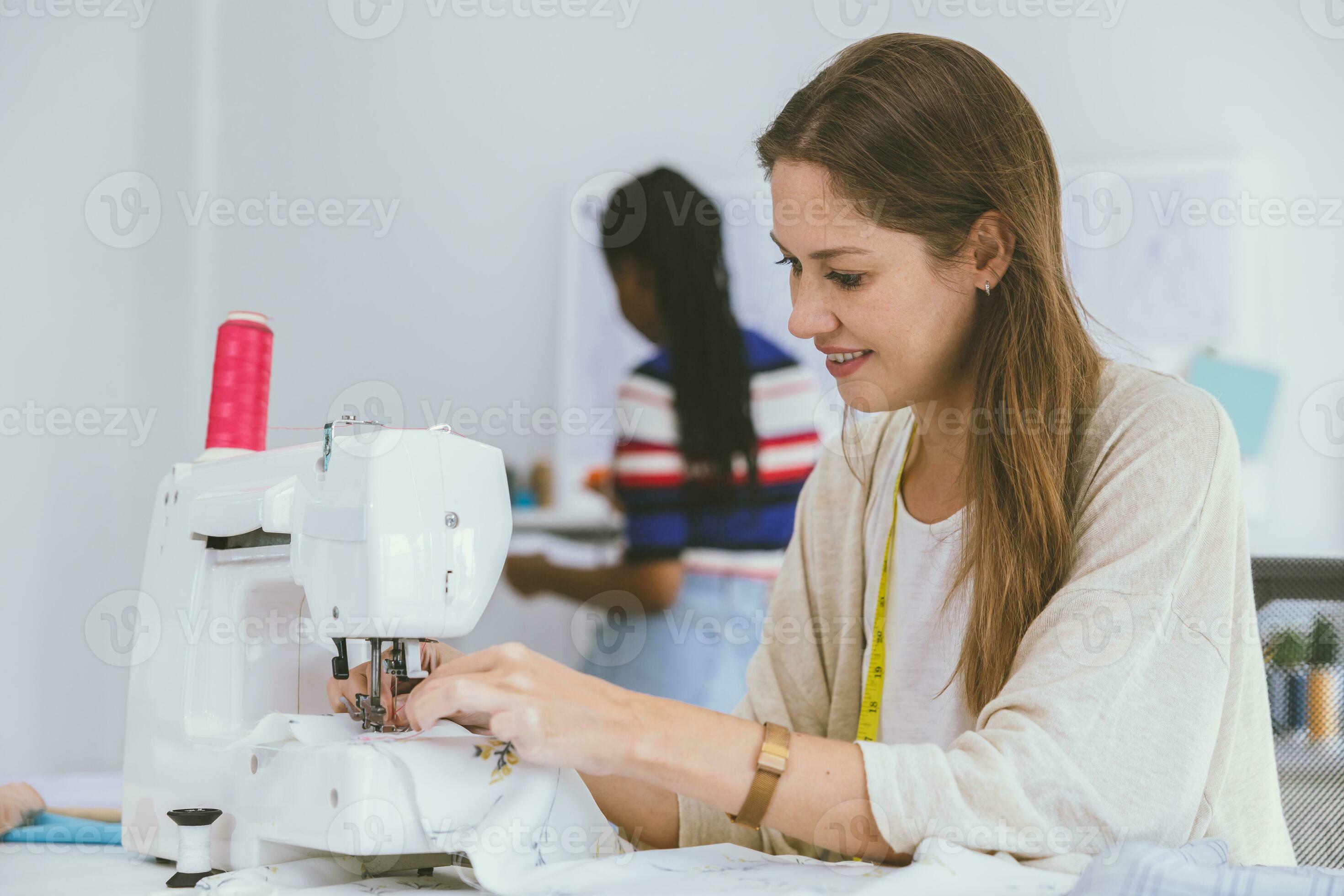Tailor Perth Excellence: Your Destination for Bespoke Tailoring
Tailor Perth Excellence: Your Destination for Bespoke Tailoring
Blog Article
Understanding the Tailoring Refine: From Material Option to Final Suitable for the Ideal Wardrobe
The tailoring process is an intricate interaction of art and science, beginning with the important choice of textile selection and culminating in the exact changes of last installations. Each fabric type brings distinct qualities that influence not only the visual appeal yet likewise the garment's durability and viability for various celebrations. Comprehending the nuances of customizing strategies can boost one's wardrobe to unmatched levels of class. As we discover these aspects even more, one need to think about how also the tiniest information can significantly influence the overall end result of one's individual style.
Importance of Fabric Option
Picking the right textile is critical in the tailoring process, as it directly affects the comfort, sturdiness, and total aesthetic of the final garment (tailor perth). The option of fabric sets the structure for the garment's design, efficiency, and performance. Different textiles have distinct homes, such as weight, breathability, and stretch, which can substantially influence just how the garment drapes and fits the body
Additionally, textile selection influences the garment's durability and ease of care. High-quality fabrics can stand up to wear and tear, preserving their appearance and framework over time, while lower-quality materials may lead to pilling or fading. Additionally, the ideal fabric adds to the garment's ability to shift throughout celebrations and seasons, therefore boosting flexibility.
A customized piece made from a suitable textile not only showcases craftsmanship yet likewise raises the user's confidence. Comprehending the subtleties of fabric selection is critical for any kind of customizing venture. It makes sure that the final product not only meets the aesthetic needs of the customer however likewise aligns with useful demands, thus accomplishing an unified equilibrium in between kind and feature in the customized closet.
Kinds Of Fabrics and Their Usages
Recognizing the various sorts of fabrics available is crucial for making notified choices throughout the customizing procedure. Each textile has distinct attributes that determine its viability for particular garments and celebrations.
Its flexibility permits it to be tailored into every little thing from tee shirts to gowns. Its all-natural flexibility assists garments maintain form over time.
Silk radiates high-end and is light-weight, making it best for eveningwear and fragile shirts; however, it calls for cautious handling as a result of its fragility. Linen, with its distinctive surface, is a prominent option for cozy environments, supplying a crisp and airy feeling, but it wrinkles easily, which might influence the garment's appearance.
Synthetic textiles, such as polyester and nylon, deal resilience and resistance to creases, making them suitable for everyday wear and active garments. Comprehending these material kinds and their buildings enables far better decision-making, ensuring that each tailored item not only fits well yet also aligns with the intended objective and event.
The Tailoring Strategies Explained
The art of customizing counts on a variety of techniques that transform fabric into well-fitted garments. Central to this process is pattern composing, where a dressmaker produces layouts based upon the client's dimensions and desired style. This preliminary step ensures that the garment will certainly fit the wearer effectively before any type of reducing takes place.
As soon as patterns are developed, cutting strategies enter play. Precision is critical as errors can result in misfitting garments. Tailors typically make use of numerous reducing techniques, such as single-layer reducing for intricate styles and multiple-layer cutting for efficiency on typical patterns.
Basting is an additional important technique, permitting tailors to momentarily stitch textile assemble for a preliminary installation. This method their explanation uses the opportunity to examine the drape and overall silhouette prior to final stitching.
Seaming strategies, including french joints and flat-felled joints, enhance the garment's resilience and visual appeal. Tailors likewise use techniques such as interfacing and padding to give structure and shape to details areas, like shoulders and collars.
Lastly, completing strategies, consisting of hemming and edge completing, make certain the garment's longevity while offering a refined appearance. Together, these methods create the backbone of efficient tailoring, leading to elegant, custom-fit apparel.
Fitting Modifications and Considerations

Key considerations include the shoulder fit, which ought to neither droop neither limit movement, and the sleeve size, which need to enable comfy arm movement while preserving a polished appearance. In addition, modifications at the waistline can improve the shape, with options to allow out or absorb fabric as required.
The increase of trousers is one more important aspect; it should rest easily above the hips without creating discomfort, permitting simplicity of movement. Hemming sizes for both pants and skirts must show the wearer's recommended style while valuing proportions.

Keeping Your Tailored Attire
Appropriate upkeep of customized garments is necessary to maintaining their fit and appearance over time. To make sure durability, routine cleansing is extremely important. Constantly adhere to the treatment tag guidelines, which might find out here now suggest completely dry cleaning for delicate fabrics or device washing for more durable products. Stay clear of constant laundering, as this can put on down the textile and modify the garment's form.
Storage space is just as crucial; use padded wall mounts for coats and coats to preserve shoulder structure, and shop pants folded nicely or hung to avoid creasing. Secure garments from direct sunlight, which can discolor colors and damages fibers.
Furthermore, regular evaluations for minor repairs can avoid bigger problems. Examine for loose buttons, fraying joints, or signs of moth damage, dealing with these issues immediately to keep the garment's integrity.
Finally, take into consideration seasonal rotation. Using tailored pieces in small amounts allows textiles to recover, expanding their life expectancy. By implementing these upkeep techniques, you can make certain that your tailored garments continue to be as beautiful as the day you initially wore them, boosting your suitable wardrobe for many years to come.
Verdict
The customizing procedure, incorporating textile option, experienced methods, and exact suitable modifications, plays a critical duty in developing garments that enhance both convenience and design. Recognizing the relevance of upkeep expands the life of customized garments, strengthening their worth in a well-curated closet.
Selecting the ideal material is vital in the customizing process, as it directly influences the comfort, sturdiness, and general aesthetic of the final garment. The selection of fabric sets the structure for the garment's design, efficiency, and performance. Various materials possess unique buildings, such as stretch, weight, and breathability, which can substantially affect exactly how the garment drapes and fits the body.
The art of tailoring counts on a range of techniques that change fabric right into well-fitted garments.The tailoring procedure, including fabric choice, competent techniques, and exact fitting changes, plays an important role in producing garments that enhance both comfort and design.
Report this page